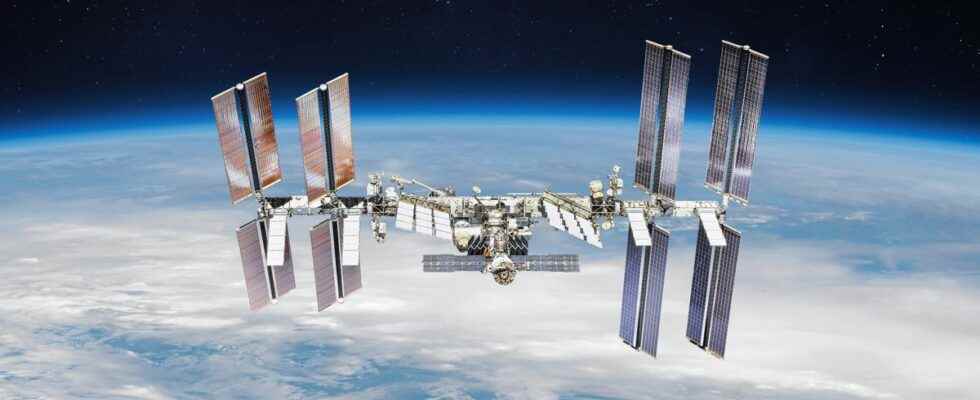NASA’s EMIT mission was launched to study the impact of mineral dust and other pollutants on global warming. Indeed, these elements present in the Earth’s atmosphere are likely to block or deflect part of the Sun’s heat. They therefore have a direct effect on global warming. For example, it is now widely documented that the effective fight against certain types of pollution has reduced the aerosols present in the atmosphere, which has had the perverse effect of aggravating global warming. However, as part of this research, a NASA spectrograph has made dark discoveries.
Indeed, this tool installed last July on the International Space Station identified more than 50 super-emitters of methane on the surface of the globe, mainly located in Central Asia, the Middle East and in the south-west of the United States. -United. Most of these super-emitters correspond to oil and gas installations, but not only. Indeed, huge landfills where organic waste settles are also concerned. And if some of these sites had already been identified as being problematic, others were for the time being totally unknown. The NASA spectrograph has thus made it possible to identify new leaks.
If the release of methane into the atmosphere is worrying, it is because this gas produces a greenhouse effect 80 times greater than carbon dioxide. It therefore accelerates global warming and climate change all the more quickly.
